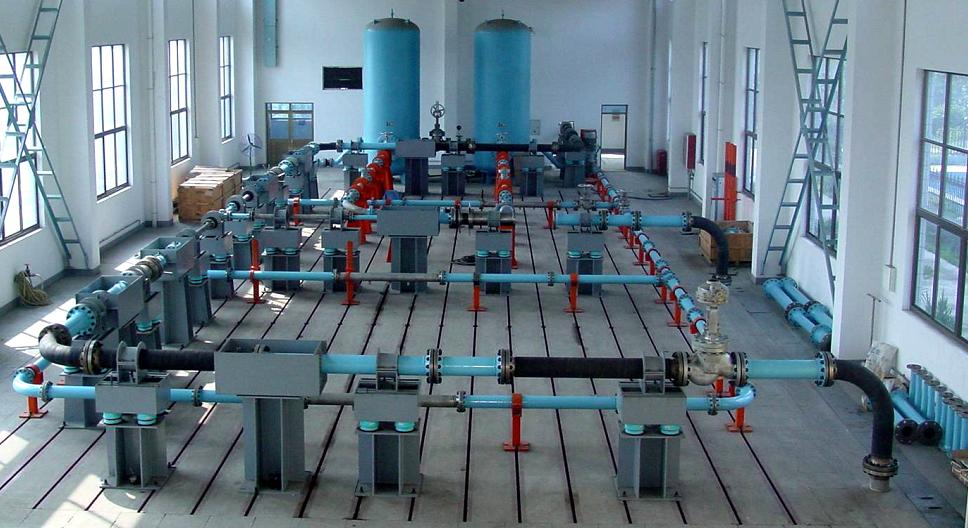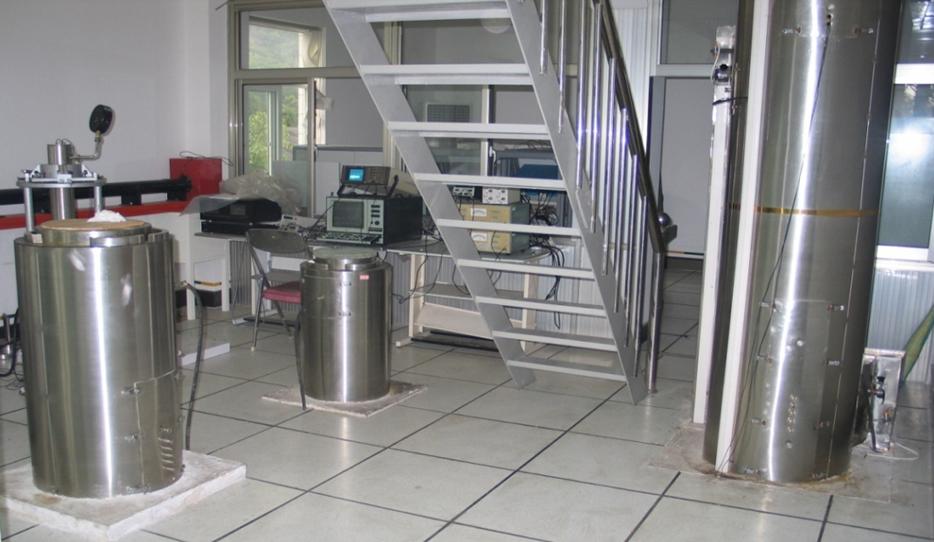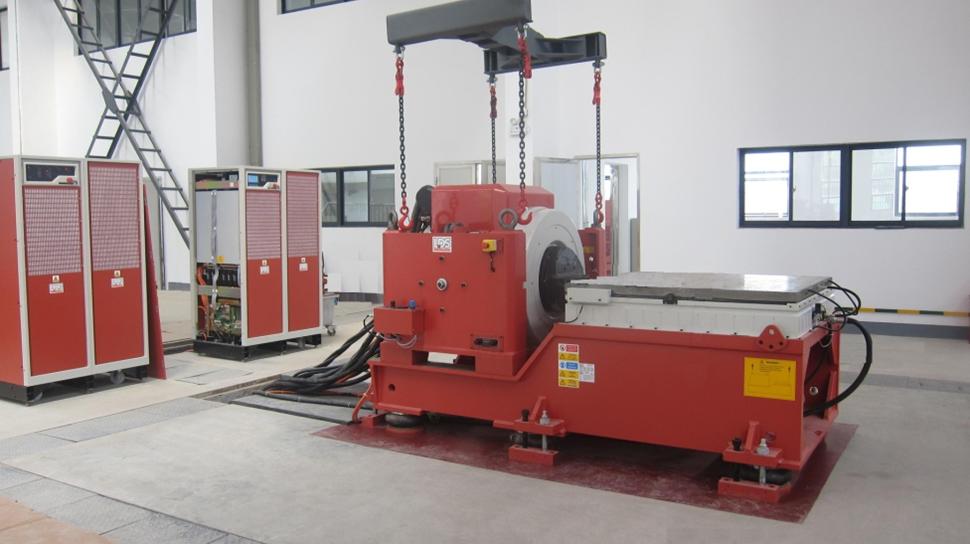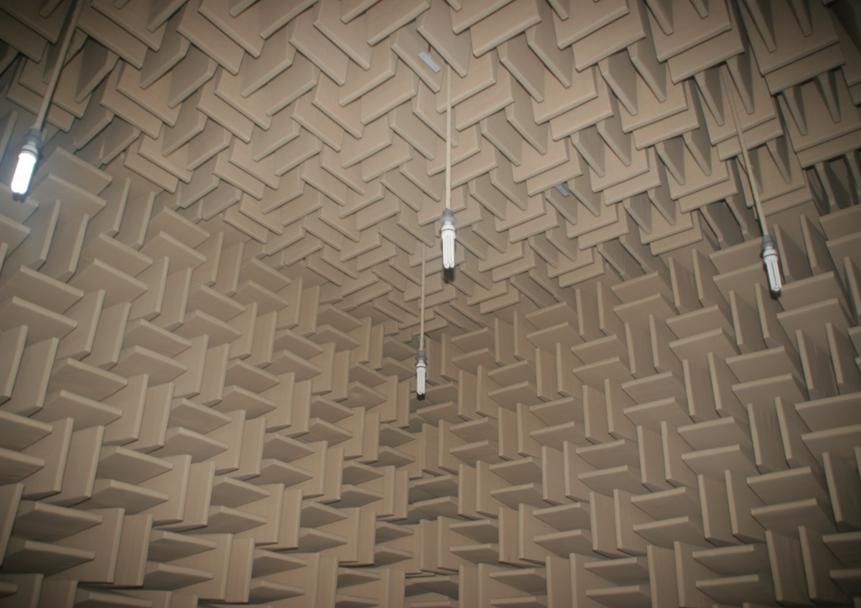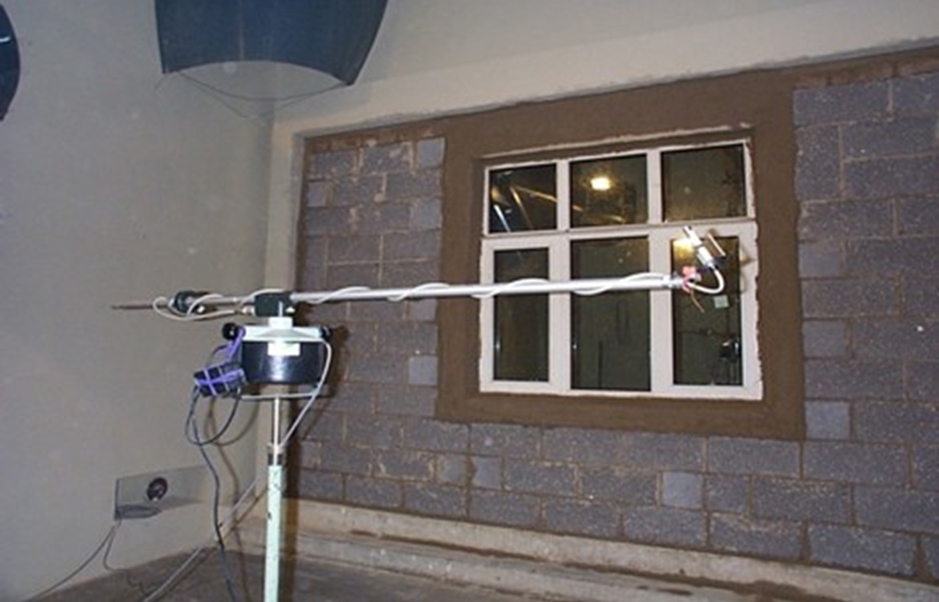1. Test items:
• Vibration and sound source characteristics of pumps, valves and pipeline accessories;
• Mechanical impedance and acoustic impedance of vibration isolation and noise reduction components of equipment and piping system;
• Experimental investigation on the mechanism and control technology of pipeline impact noise;
• Acoustic performance of anechoic materials;
• Wedge absorber acoustic performance;
• Equipment vibration environment;
• Reliability of equipment, parts and components;
• Equipment fatigue;
• Structural vibration and resonance search;
• Dynamic performance of vibration isolation components;
2. Test facility: Pipeline noise laboratory
Introduction: Built and put into use in 2003, the laboratory is a professional laboratory for research on vibration, sound propagation and control technology of ship liquid pipeline system.
Main test equipment: Test device of pipeline flow noise, test device of comprehensive pipeline, test device of "quiet" pipeline and impedance test device of vibration isolation and noise reduction components.
3. Test facility: Sound tube laboratory of underwater acoustic materials
Introduction: Built and put into use in 1980, the laboratory is used to test the properties of anechoic materials and other materials with acoustic layer under the normal incidence state in a pressurized environment, such as sound absorption, sound insulation, sound transmission and sound reflection, as well as their relationship with environmental conditions (static pressure and temperature).
Main test equipment: 5810 measuring amplifier, TD-1016 signal generator, YE-3790 combined filter, 2971 phase meter, SWT-208 pressure gauge facility with low-frequency underwater standing-wave tube.
4. Test facility: Test bench of electromechanical equipment vibration environment
Introduction: The device is an LDS-V9mkII shaker produced by the British Company LDS. It is composed of a shaker body, a control system (including power amplifier and controller), a horizontal sliding table/expansion table, a circulating water cooling system, an air supply system and a power station. The power amplifier is powered by the power station, and the shaker is driven according to the control signal of the controller to perform specified excitation on the tested piece. The tested equipment or structure is installed on the expansion table (vertical excitation) or horizontal sliding table (horizontal excitation). The electromagnetic coil of the shaker is forcibly cooled by the circulating water cooling system, and the air supply system provides pressured air for the air spring vibration isolator of the shaker.
Main test equipment: Electromechanical equipment, structural parts and vibration isolation components.
5. Test facility: Semi-anechoic chamber
Introduction: It can be used for sound power measurement of mechanical equipment, identification test of equipment sound source, effect test of equipment vibration reduction and noise reduction, verification test of equipment vibration isolation and sound performance.
Main test equipment: Dynamometer, acoustic test system, and auxiliary supply system of gas, water and oil.
6. Test facility: Air sound insulation room
Introduction: It can be used for sound insulation performance testing of doors, windows, partition boards and floors (of ship cabins) according to the new regulations issued by the International Maritime Organization (IMO) in 2012.
Main test equipment:
• A complete set of aeroacoustic test system. Main specimen size, not larger than 4m×2.5m.
• Sound production chamber, 5.82m×5.2m×4.4m (height), reverberation time T, 1.54s ≤T≤ 3.53s; sound field inhomogeneity, 2.73dB (maximum); background noise, 15.7dB (A); sound insulation index of double sound insulation doors, 56dB.
• Receiving room, 5m×5.5m×3.8m (height), reverberation time T, 1.31s ≤T≤ 2.35s; acoustic field inhomogeneity, 1.91s (maximum); background noise, 15.4dB(A); sound insulation index of double sound insulation doors, 66dB; weighted sound insulation index, RW, 62dB.
